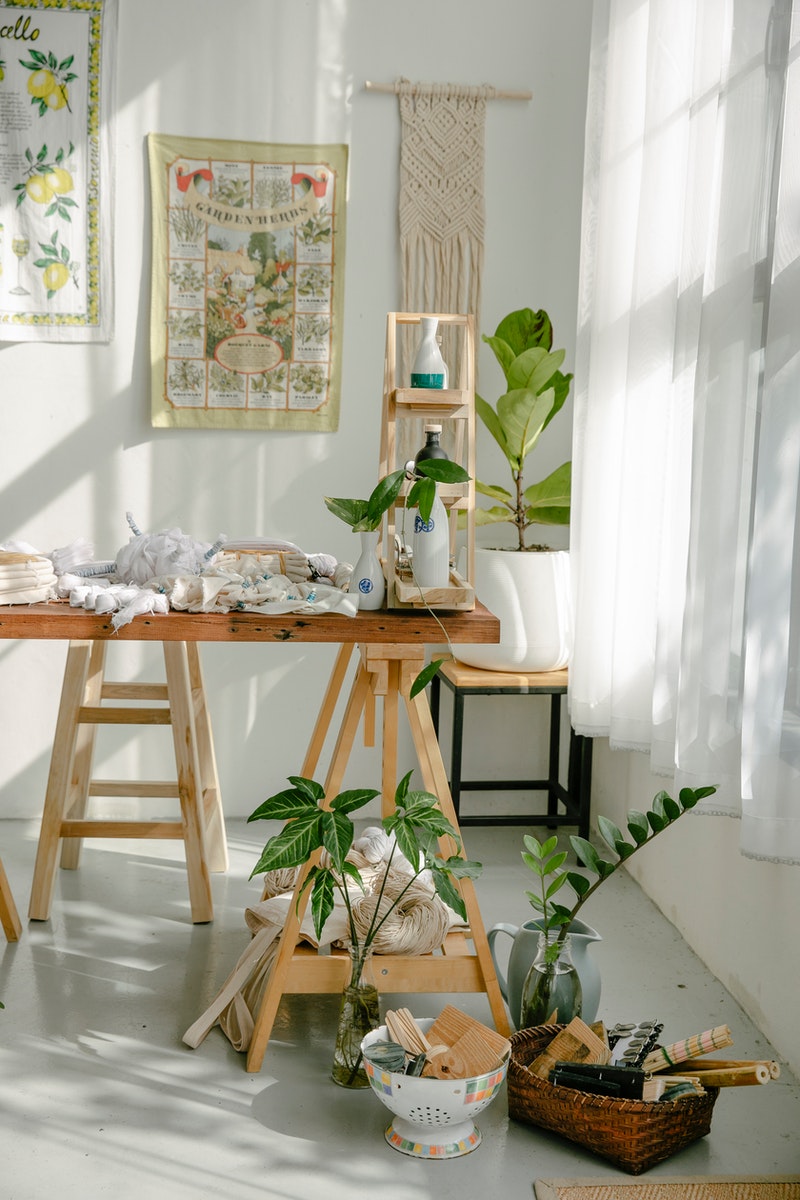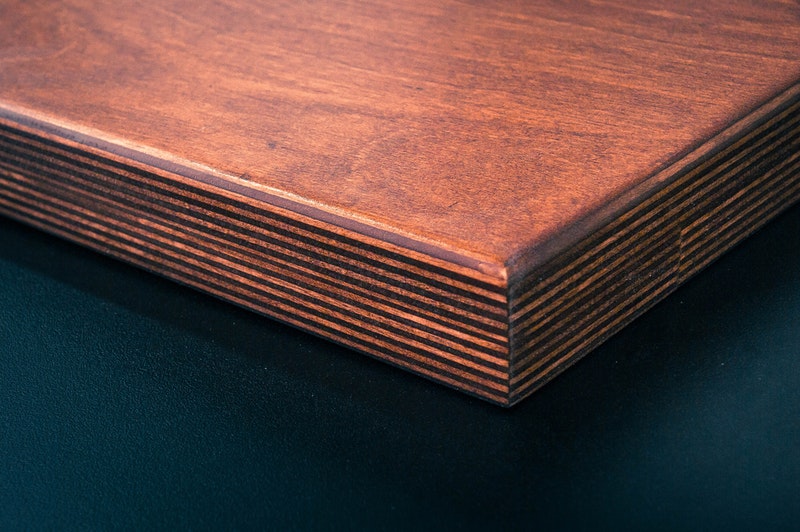Layering is a combination of art and science; it is one of the few fields that combines the finest aspects of interior design with technical construction. Many methods combine these two disciplines and create innovative interior designs, from million or glass tile work to stone mosaics or terracotta murals. Layering is usually done in two different ways – either with the use of light or dark colors.
In this post, I’ll discuss some of the techniques used in layering concept. The first step is to decide upon the color scheme and the type of layering required. Layering aims to balance the various colors used so that the final result is aesthetically pleasing and harmonious.
The first technique is to apply a rich and deep color scheme to the interior design so that the overall impression is very strong. Achieving this requires a lot of thought and care from the designer, who needs to consider the general look and the texture and feel of the material and its color. There are several different ways in which you can achieve a rich but balanced color scheme.
One way is to use a rich color that is slightly darker than the background and, by using this darker color as a monochrome element against a lighter colored background, gives the impression of a void.

Another effective technique is to use a monochrome shade on a neutral background and use varying intensities of detail or subtle changes in texture against this background, again giving the impression of a void.
Another technique is known as ‘structural alteration’ and is closely related to the technique of structural alteration but has a slightly different goal. The colors are applied to the entire interior surface in structural alteration, rather than just the background. This technique is more suited to modern building interiors where form follows function. The final aim in interior layering is to create a strong focus or focal point by contrasting certain elements against each other, sometimes using complementary colors like mixing different types of pillows in a bed of mixed colors.
Layering in Interior Design: The Significance
Layering in Interior Design is an art form. While some see it as the application of different colors, it is much more than that. In Interior Design, layering is an essential technique that can be applied to many different areas, and it can create a sense of harmony and balance in your design. The color you choose will impact how your space will come across to others, but the color choice you make is only part of the picture.
To get truly great results from your Layering in Interior Design, you should think about what type of mood you want to create, the textures and materials you will use, and even the final effect you want to achieve.
Color Scheme
You must start by choosing your color scheme, which is very important. Choose a color that will fit well with the rest of the room. If you choose colors that don’t work well together or complement each other too much, the room won’t look balanced and lack depth and dimension. You should also think about the textures that will be used in the room. The best textures to use complement one another and create a texture that will add to the atmosphere you are trying to create.

Material to Use
Once you have selected the color schemes, you should start to look at the materials you will use. Laying tile is no longer just about choosing the right tile color and buying enough tiles to finish the room. The tiles you choose must withstand the wear and tear of what may be needed as part of the process of laying the tile. Decorating the pillows and mattresses also falls under layering. Decorating the divans and beds with pillows of proper stuffing is necessary. The pillow stuffings are relaxing as they provide comfort and support to the neck and spine.
If you are using tiles for the room’s flooring, they must look good quality and will hold up well over time. If you are using non-slip tiles, they must not slip and should stay in place when they are laid. There are various types of tiles to choose from, and the type of flooring you select will depend on the design style and how it will look in your space. There are ceramic tiles, vinyl tiles, linoleum, and wood finished tiles, to name just a few of the many types of flooring you can use.
Consider space
The way you lay them will also affect the appearance of the space you have. For example, smooth tiles will give a more modern look. These are very common, and you can usually find them in most colors. Tiles can be arranged in patterns for a unique look. Creating a unique tile design can be fun, and if you experiment, you may come up with one you didn’t expect
When you are ready to set up your space, you need first to consider the room’s layout. Then it would help if you worked out how many tile pieces you will need to cover the floor. Laying tiles isn’t about building a pattern; it is about making sure the tiles fit together and look seamless. When laying tile, the main thing you want to remember is that there should be at least 16 inches between adjacent tiles. If you have too many tile pieces, you can get a messy look which is a shame because it shouldn’t be a big problem.
Lay each tile carefully and start at one side of the room. Work from the outside inwards. Remember to allow extra space for walking and to seal any joints with grout if they look loose. After all the tiles are in place, you can fill in the remaining spaces in various ways. One simple way is to fill in large areas with varying shades of the same color.
Conclusion
When you learn the art of laying tile, you will quickly see how easy it can be to create beautiful floor designs. You don’t have to use fancy tiles and mixing and matching materials either. You can create the look you want by choosing simple tile pieces and arranging them in your design to create the exact look you are going for.
The post The Art of Layering in Interior Design appeared first on Homelilys Decor.




